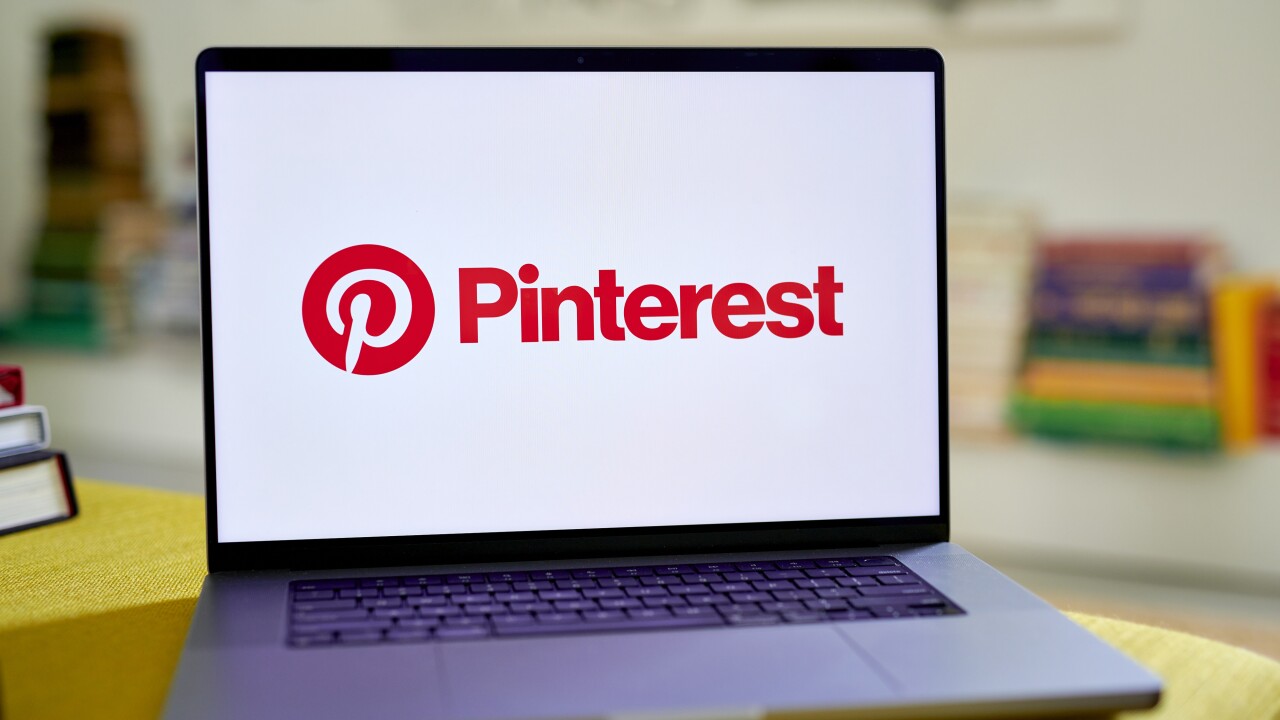While benefits negotiations between labor and management representatives can be like mixing oil with water, leaders at Swedish Medical Center collaborated with unions on a successful wellness program that dramatically increased preventive care and reduced health care cost trend significantly.
Swedish is the largest nonprofit healthcare provider in the Greater Seattle area, yet only 50% of its employees had seen their primary care physician in the past three years.
"Health care workers surprisingly don't take great care of themselves," says Mandy LeBlanc, wellness program manager at Swedish. "So we came up with the tagline: Take care of yourselves the same way we take care of our patients."
LeBlanc served as a mediator between labor and management representatives. She explains that both parties had something to gain from a robust wellness program: The CEO wanted to lower soaring health care costs, while labor leaders got on board to find an alternate solution to cost-shifting.
"Swedish employees never had to pay a premium for their health care insurance program. They could sustain that if they met the requirements of the wellness program. If you want to keep your personal rates low, you can do that by jumping through a few hoops," LeBlanc says of the basic setup.
"Both parties focused on the health of the employee population," adds Laura Boyd, former director of compensation and benefits at Swedish, who worked with LeBlanc throughout the design and implementation process. "While cost was a big piece of the discussion, it wasn't about current cost because it is what it is, and until we start helping our employees become healthier, we're not going to slow down that curve."
The employee population had a high rate of ER usage, many workers were overweight and had high stress rates - issues they focused on improving with the new program.
"When you have a union presence, find the win-win and work together," advises LeBlanc. "There are going to be things that you disagree with, and that's to be expected, but there's a lot that makes sense for both sides, and it makes sense to work toward the common goal."
Preventive care focus
For the first year, starting in April 2012, the company focused on preventive care. Swedish worked with wellness provider Limeade to mesh the vibe and branding of the wellness initiative with the company culture.
"We leveraged their resources. They had their own primary care programs and physicians, so we built into the incentive program a push with positive encouragement for everyone to visit their primary care physicians," says Henry Albrecht, CEO, Limeade.
Participants could continue to have their health care premiums paid by the employer if they earned enough wellness points by having a preventive care exam, completing a well-being assessment, getting a flu shot, TDAP vaccination, having a dental exam, getting and reporting their height, weight and blood pressure, and either being tobacco-free or completing a readiness-to-quit quiz. If they didn't complete a sufficient number of activities, they had to pay $600 for their annual health care premium.
Union (and nonunion) managers were given early access to the program so they could become familiar with its use, obtain answers to any questions and serve as wellness champions. These champions introduced the program to employees throughout Swedish Medical Center's five campuses and 22 clinics.
"The champions were homegrown," says Boyd. Swedish often featured them and their reason for supporting the wellness program in the monthly newsletter, alternating between C-level leaders and boots-on-the-ground employees.
"It's good to have leadership support, but more importantly, it's good to have support dispersed organically," explains LeBlanc. That way, employees feel comfortable asking peers about the program, not just managers.
"[We were] able to spread information quickly among members," Boyd says. "Peer-to-peer conversation was very helpful to the rapid engagement we had with the organization and our 10,000 employees."
Limeade representatives helped make the wellness program visible onsite with a March Madness competition and pedometer challenges. Limeade research showed that sleep was a big pain point for this population, so it had targeted sleep challenges focused on the physicians and medical staff.
"In a hospital environment, we understand that people are stressed and on their feet all day dealing with life and death situations, so it's really important to fit [challenges and activities] into their daily lives," says Albrecht.
Along with waves of monthly messaging via email and its intranet, Swedish targeted communication to employees who hadn't earned enough points.
One year since it launched its Wellness Works program, Swedish has achieved notable results, including:
* Within the first 10 weeks of the launch, 87% of benefits-eligible employees had obtained a preventive care exam and completed a well-being assessment.
* At the five-month mark, 91% of employees completed the preventive actions necessary to continue to have their annual health care insurance premium provided by Swedish.
* Swedish anticipates a reduction of approximately 3% from its projected annual health care cost increase and, if things continue as planned, expects health care costs will remain below the national trend.
LeBlanc points to collaboration among all stakeholders for making the program succeed. She also stresses the importance of vetting wellness vendors to ensure they have success in the employer's industry. Once an employer has selected a partner, LeBlanc urges HR and wellness leaders to trust the vendor's best practices and advice. "You know your culture," she says, "but they know wellness."





